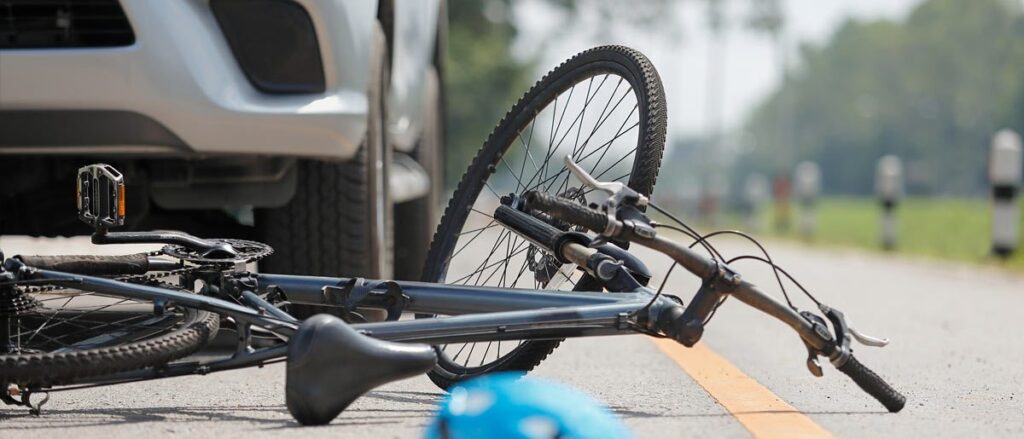The City of St. Petersburg has put together a list of 16 projects it is calling “Complete Streets”. The idea calls for adding buffered bike lanes to segments of busy roads such as 9th Avenue N, 16th Street, 54th Avenue and Park Street. St. Petersburg city planners assume all 16 corridors could lose a lane of traffic to make way for bike lanes or for diagonal parking, but they won’t know until each project is studied, redesigned and approved.
Here is the list of proposed “Complete Streets” in St. Petersburg that is staged to be undertaken over the course of the next 2 decades.
- Park Street from Central Avenue to Country Club Road N
- Park Street from Elbow Lane N to the Pinellas Trail
- Central Avenue from 31st Street to Park Street
- Ninth Avenue N from 66th Street to Dr. Martin Luther King Jr. Street
- 83rd Avenue N from King Street to Riverside Drive N
- 16th Street from 18th Avenue S to 62nd Avenue N
- 28th Street from Interstate 275 to Ninth Ave N
- Fifth Avenue S from 31st Street to 16th Street
- King Street from 18th Avenue S to 30th Avenue N
- Eighth Street/Highland Street from King Street S to King Street N
- Sixth Street S from Ninth Avenue S to First Avenue S
- Third Street S from Sixth Avenue S to Fifth Avenue N
- First Street from First Avenue N to Fifth Avenue N
- 22nd Avenue S from 49th Street to 37th Street
- 18th Avenue S from 37th Street to Third Street
- 54th Avenue S from King Street to Fourth Street
The goal of St. Petersburg “Complete Streets” is to mimic the downtown Central Avenue corridor and Beach Drive NE, which would increase the amount of foot traffic. If the City decides to add angled parking, it would increase parking spaces but would also put a burden on traffic by causing friction, which could lead to more accidents and injuries. “Complete Streets” could make things more difficult for the Pinellas Suncoast Transit Authority (PSTA) and would ultimately add time for the downtown St. Petersburg commute.
Although adding these bike lanes may seem like they would make it safer for bicyclist and pedestrians, studies have shown that they can cause more harm than good. A comparative study of bike lane injuries was performed by the Department of Emergency Medicine. Of the 387 cases that met the criteria for the study, 204 (52.7%) patients were injured in bicycle lanes and 183 (47.3%) were injured on regular roadways. Comparing cases of bicycle lane injuries and non-bicycle lane injuries, there were no differences in age, day of the week, season or the time at which the accident occurred.
Although people are increasingly using bicycle lanes for safety, this study shows that they are not definitively safer. Therefore, improvements in the policies related to implementing bicycle lane safety are needed, for example, by enforcing the use of protective gear or preventing the use of bicycle lanes by pedestrians. More safety education programs are also needed.
According to a recent Governor’s Highway Safety Association report, Florida has the second highest rate of pedestrian fatalities in the country. Although the goal of “Complete Streets” is to make St. Petersburg safer for pedestrians and bicyclists, it may end up causing more accidents and injuries and it just might push Florida to be #1 for the highest rate of pedestrian fatalities in the country.














